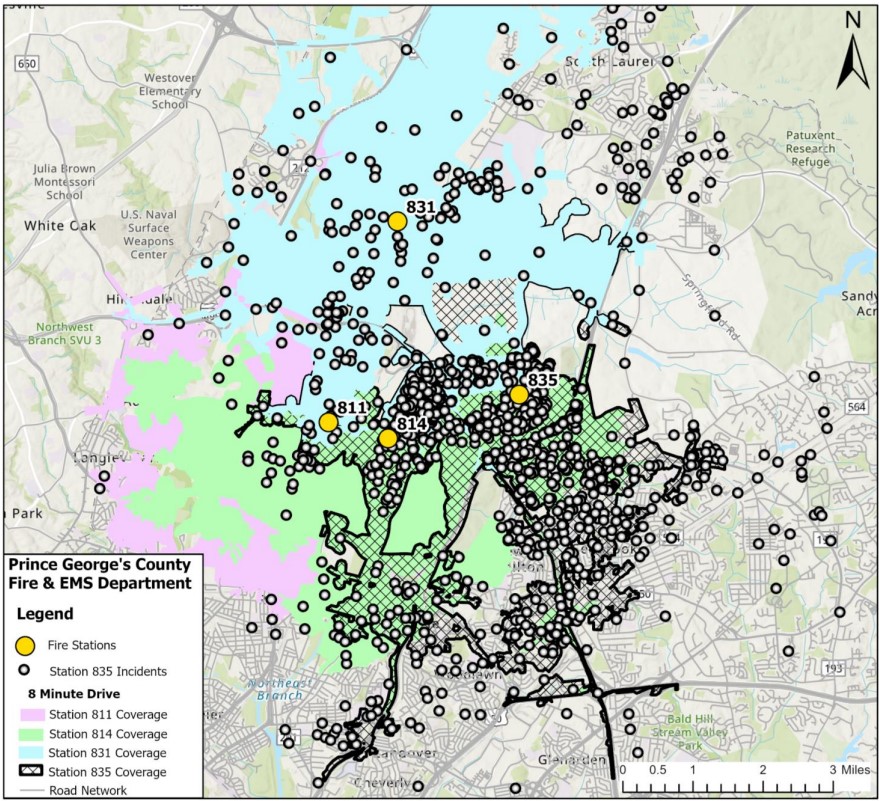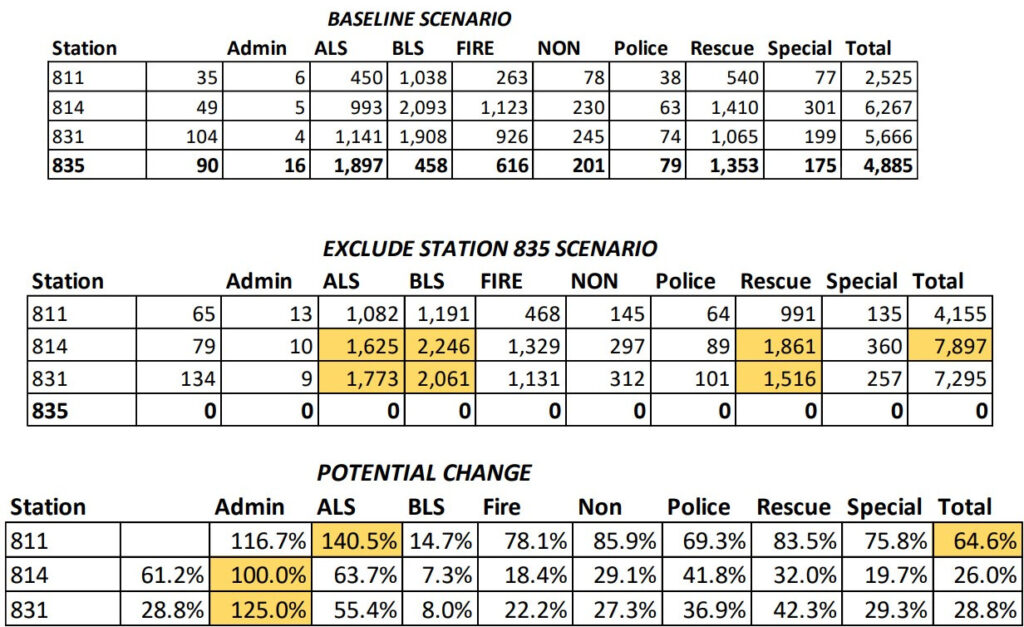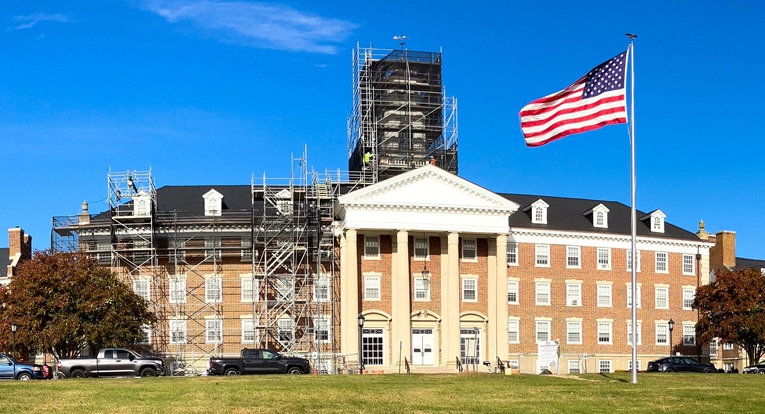In July the Greenbelt News Review submitted a Public Information Act (PIA) Request for the analysis the Prince George’s County Fire Department (PGFD) has repeatedly said they conducted and used as the basis for the staffing changes but had not shared. They referenced their analysis on several occasions and specifically referred to it in the fourth, fifth and sixth points in their opposition to the City of Greenbelt, Berwyn Heights and College Park’s Motion for Temporary and Preliminary Injunctive Relief, Case C-16-CV-24-003053. Point four in that Opposition reads: “Prior to announcing the implementation of the summer staffing plan, the Fire Department conducted an analysis to identify which four stations were eligible for reallocation based on a minimal impact on emergency service delivery. The analysis utilized historical incident data from the calendar year 2023 and a drive-time analysis from the closest surrounding stations which would respond to the area.”
To fulfill the News Review’s Public Information Act Request for this analysis, the PGFD provided PowerPoint slides dated March, which contain maps of stations with three-mile and eight-minute circumferences charted and charts showing which nearby stations could answer the stations’ calls if their career firefighters were pulled. In particular they present data showing the possible impact of the removal of Greenbelt, Berwyn Heights, Bunker Hill and Bowie (Belair) separately on their nearby stations. Notably, in the analysis of the removal of Greenbelt, Berwyn Heights is among those shown to take up increased calls as a neighboring station and in the analysis for Berwyn Heights, Greenbelt is shown among the nearby impacted stations. No analysis was shared that considers the removal of the two stations together, which is what took place.
The News Review sought clarification of the charts’ information, which included highlighting without explanation of its meaning, for example, and no narrative analysis. In August, Public Information Officer (PIO) Alan Doubleday said questions would have to go through the legal office due to the PIA. On September 3 Associate County Attorney Melisha Neal responded to the News Review that our questions are no longer related to the PIA and have been forwarded to Assistant Fire Chief Ernest Lindqvist. The News Review has received no communication from Lindqvist and calls to PIO Doubleday have gone unanswered and voicemails unreturned.
Of the charts provided, the first uses Euclidean distance to show 1-3 miles of neighboring fire departments around Greenbelt Fire station that could respond to calls. The Euclidian distance places Beltsville within 3 miles though other maps suggest if the fire engines travel by roads Beltsville’s station is a distance of at least 3.8 miles away. The three neighboring stations included in that map are Berwyn Heights, Branchville and Beltsville.
The second chart shows eight-minute drive coverage provided by Greenbelt VFD. The circles represent calls the fire department responded to within eight minutes. The purple, green and blue colored areas suggest other stations that could respond to those calls within eight minutes are, again, Branchville (Station 811). Berwyn Heights (814), whose firefighters were simultaneously removed, and Beltsville (831). The eight-minute coverage appears to be calculated by distance from the various fire stations, presuming engines are available there to respond.
The scenario analysis chart shows most clearly who the PGFD expects to respond to the calls in place of Greenbelt firefighters. Beltsville fire department is presumed to be operating as normal, prior to the removal of their firefighters, in this model. The change is greatest for 811, which represents Branchville Volunteer Fire Department and shows a projected overall increase of over 64 percent and over 140 percent increase in the area of Advanced Life Support (ALS), going from 450 such calls to 1,082. Berwyn Heights is also projected to see an increase of calls in the amount of 26 percent “total change,” as well as a 63.7 percent increase in ALS. In the baseline scenario, Greenbelt Volunteer Fire Department (Station 835) fielded the greatest number of ALS calls of the four stations and the most Admin and Police calls. Greenbelt is listed as having almost as many Rescue calls as Berwyn Heights. The first column in the charts for the two scenarios and the chart for the change contain figures but no label to indicate what they are. PGFD has not responded to explain the differences between the types of calls.
Unanswered Questions
Among our unanswered questions: Was similar analysis to that shared for the four stations done for other stations not ultimately removed in order to select which ones would be removed, or was analysis only done on these four stations?
Charts show increases to other neighboring stations when removal of one is modeled but do not share analysis of what that means in the department’s decision-making process. Did the department have in mind any levels of increase or other parameters that would have been too great for another station to take on?
In the scenarios showing the impact of removing Greenbelt the impact is shared among neighboring stations, including Berwyn Heights. Likewise, the scenarios for Berwyn Heights show Greenbelt among those taking up their calls. Was any study done of the impact of removing both stations?
The News Review continues to seek the analysis that was used to select Greenbelt and the other stations for the removal of their career firefighters and the answers to our requests for information.





